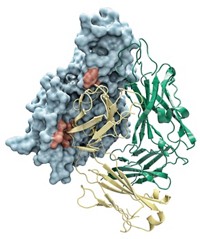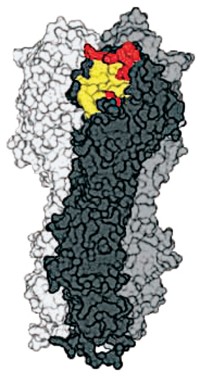Advertisement
Grab your lab coat. Let's get started
Welcome!
Welcome!
Create an account below to get 6 C&EN articles per month, receive newsletters and more - all free.
It seems this is your first time logging in online. Please enter the following information to continue.
As an ACS member you automatically get access to this site. All we need is few more details to create your reading experience.
Not you? Sign in with a different account.
Not you? Sign in with a different account.
ERROR 1
ERROR 1
ERROR 2
ERROR 2
ERROR 2
ERROR 2
ERROR 2
Password and Confirm password must match.
If you have an ACS member number, please enter it here so we can link this account to your membership. (optional)
ERROR 2
ACS values your privacy. By submitting your information, you are gaining access to C&EN and subscribing to our weekly newsletter. We use the information you provide to make your reading experience better, and we will never sell your data to third party members.
Biological Chemistry
Bird flu protein structure solved
March 20, 2006
| A version of this story appeared in
Volume 84, Issue 12
During infection, viruses use hemagglutinin proteins to bind to the cells of hosts. Avian viruses employ a variety of hemagglutinins, numbered H1 through H16. Only H1, H2, and H3 have adapted successfully to the human population, in each case triggering a pandemic. Scripps Research Institute scientists have now determined the structure of an H5 hemagglutinin from a highly pathogenic strain of H5N1 avian influenza virus. In a paper in Science, James Stevens, Ian A. Wilson, and colleagues compare the structure of the protein (shown) with hemagglutinins from other influenza viruses carried by birds and humans, including the virus responsible for the deadly 1918 flu epidemic (published online March 16, dx.doi.org/10.1126/science.1124513). The researchers also analyze the protein's binding specificity. Their results reveal one possible route by which the virus could mutate and switch from a preference for binding to receptors on avian cells to receptors on human cells and thus adapt to the human population.





Join the conversation
Contact the reporter
Submit a Letter to the Editor for publication
Engage with us on Twitter